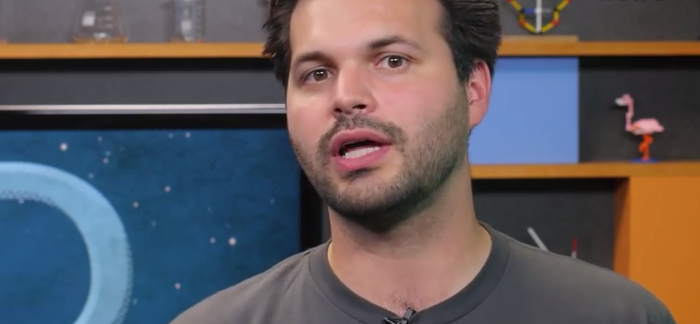Coral reefs are an important part of the ocean biome and none may be as important as the Great Barrier Reef. As the largest known reef in the world, it surrounds Australia and provides a habitat for numerous sea creatures. It is also a holiday destination that many households from all over the world enjoy, with over 2 million people coming to see its beauty every year.
1. It’s Not Just Big… It’s Super Big
Over 2,900 different individual reef systems make up the Great Barrier Reef, but saying that it’s the world’s largest reef system really doesn’t give anyone a true idea of just how big this structure is. If you were able to put together Switzerland, Holland, and the United Kingdom together as one giant land mass, the Great Barrier Reef would still be bigger. It’s half the size of the state of Texas.
2. Lots of Wildlife
Researchers have discovered a diverse amount of wildlife that call the Great Barrier Reef home. More than 200 species of birds, including 32 different types of shore birds, visit the reef every year to nest, roost, or live full time. There are almost 20 different kinds of sea snakes, six different types of sea turtles, and more than 30 different types of dolphins and whales that have been observed in the area.
3. Bring the Chips
More than 1,500 different species of fish have been observed around the Great Barrier Reef. So many fish live in this part of the ocean biome, in fact, that 10% of all the world’s total fish species can be found right there. Considering there are over 900 islands that have been documented with the reef and it stretches out for over 2,600 km, it is no wonder why this place on Earth is described as a living and breathing biome.
4. A Lot of Birthday Candles
The Great Barrier Reef isn’t something that has been recently created. It’s actually considered to be part of the ancient world. Living and dead coral have been enjoying the cycle of life in this one area for an estimated 20 million years. If you had to put that many candles on a birthday cake, it would be wise to keep a fire extinguisher handy to make sure they all went out.
5. Put the Climate in Jail
Although the Great Barrier Reef is ancient, it may be approaching the end of its life if something doesn’t change. There have been two major bleaching events that have occurred on the system of reefs in the last 20 years. Bleaching happens when the reef experiences too much stress and it expels the algae that helps it to process food. In 2002, surveys showed that over half of the reefs in the system experienced some level of bleaching. Global warming, pollution, and even tourism can all cause bleaching to occur, so the Great Barrier Reef must be carefully managed.
6. You Can Watch It Now
Google Street View has been incorporating a number of different underwater venues into their mapping system for awhile now and the Great Barrier Reef is one of the locations that can be visited. You can see the reef, clown fish and other species, and experience what it is like to go on a dive from the comfort of your computer right now. It’s just another unique way that technology makes the world an even smaller place.
7. Does That Come With Benefits?
It is estimated that the Great Barrier Reef contributes upwards of $6 billion to the Australian economy every year. More than 1 million people go out to the reef to dive and snorkel alone out of the 2 million total visitors. The coastal industry that the reef has created supports an estimated 63,000 different jobs, giving families a way to support themselves while still providing leisure opportunities.
8. It Is Protected
The Great Barrier Reef has been designated a UNESCO World Heritage Site, which gives it some unique protections. In many ways, it could be described as one of the world’s few underwater national parks. Many consider it one of the great natural wonders of the world, which is a perception that is difficult to find an argument against.
The Great Barrier Reef has seen millions of years come and go. By recognizing these important facts and then working to preserve this natural wonder, perhaps it can continue to live and thrive for millions of years to come.




